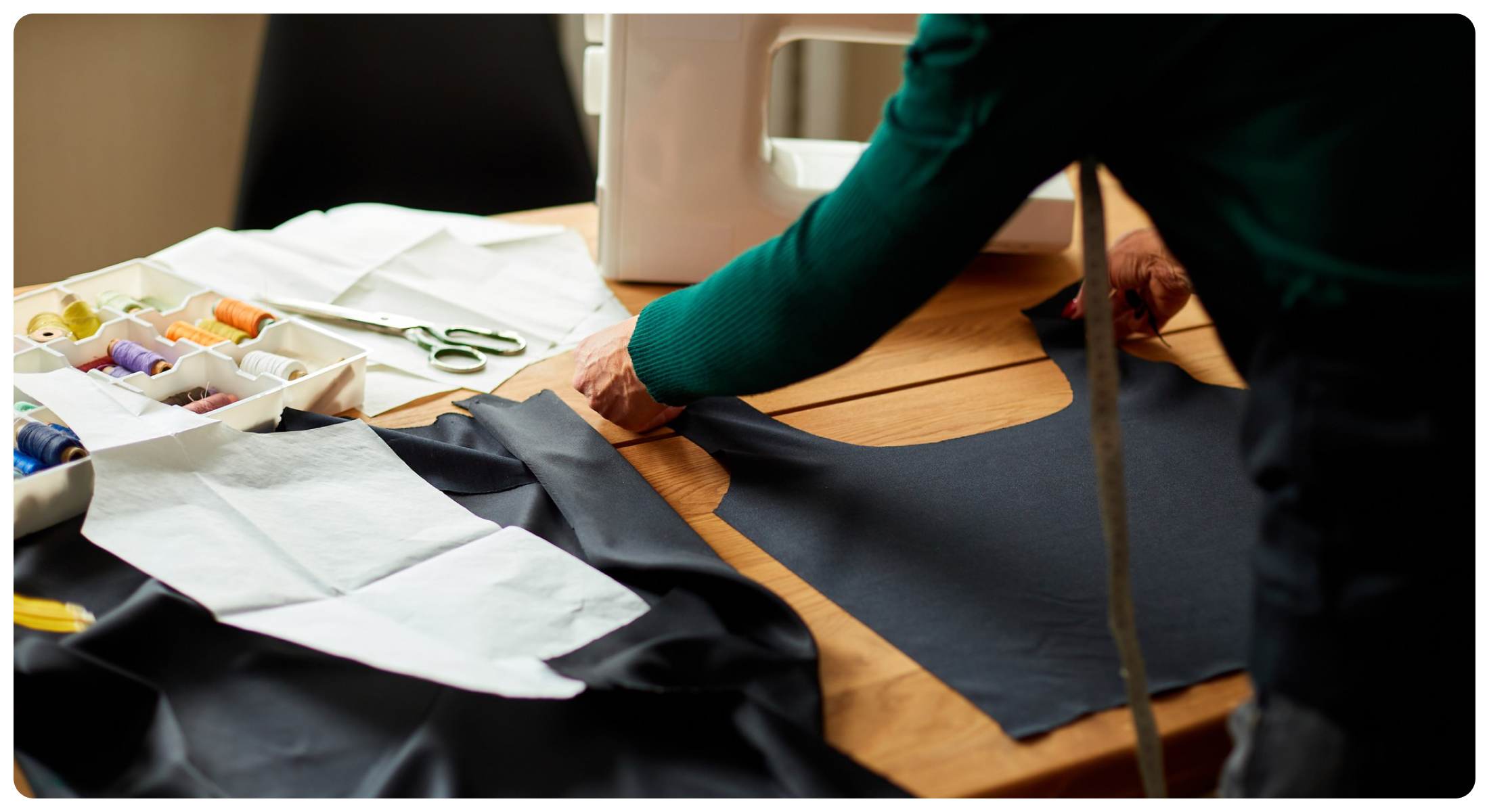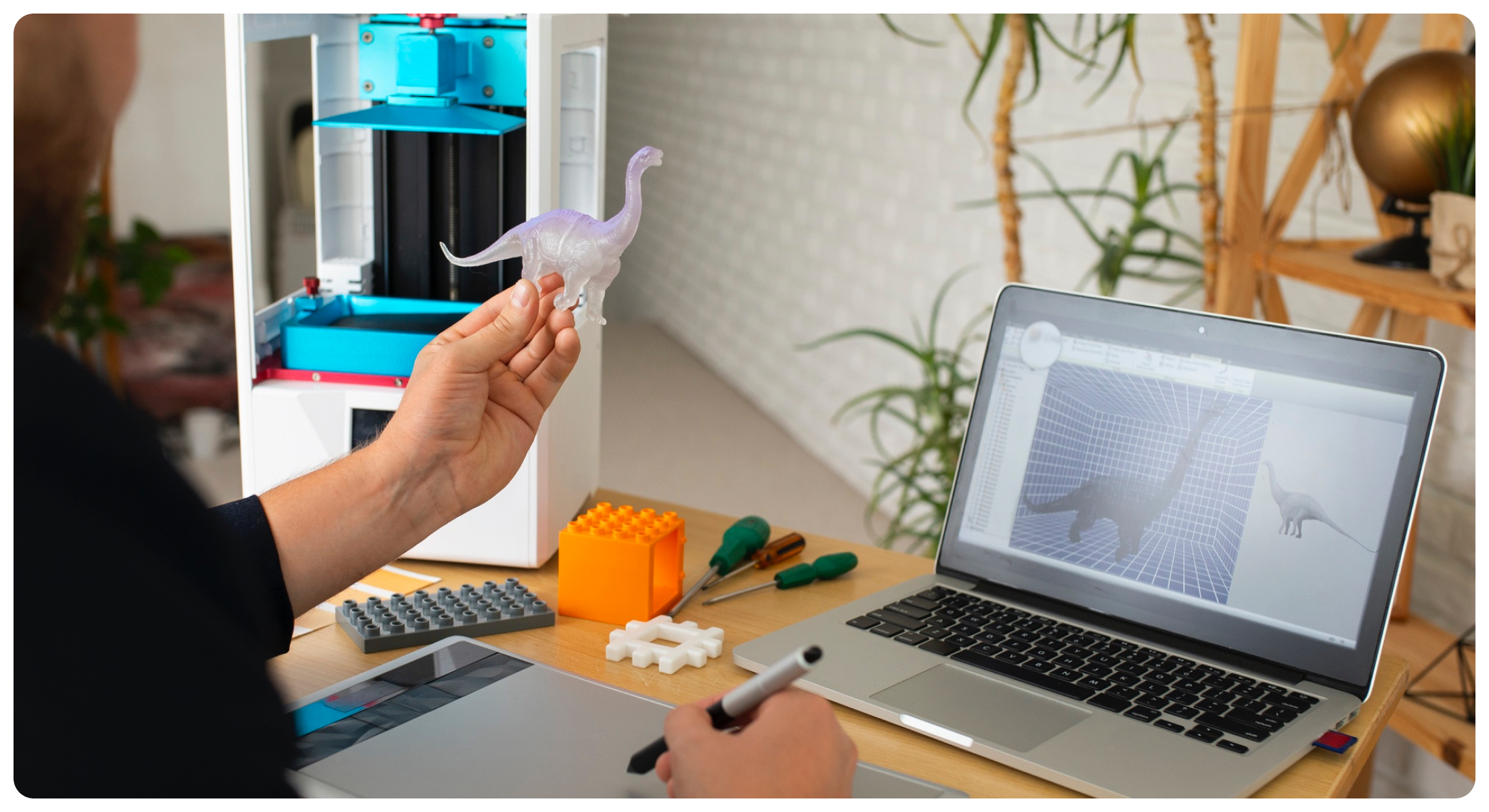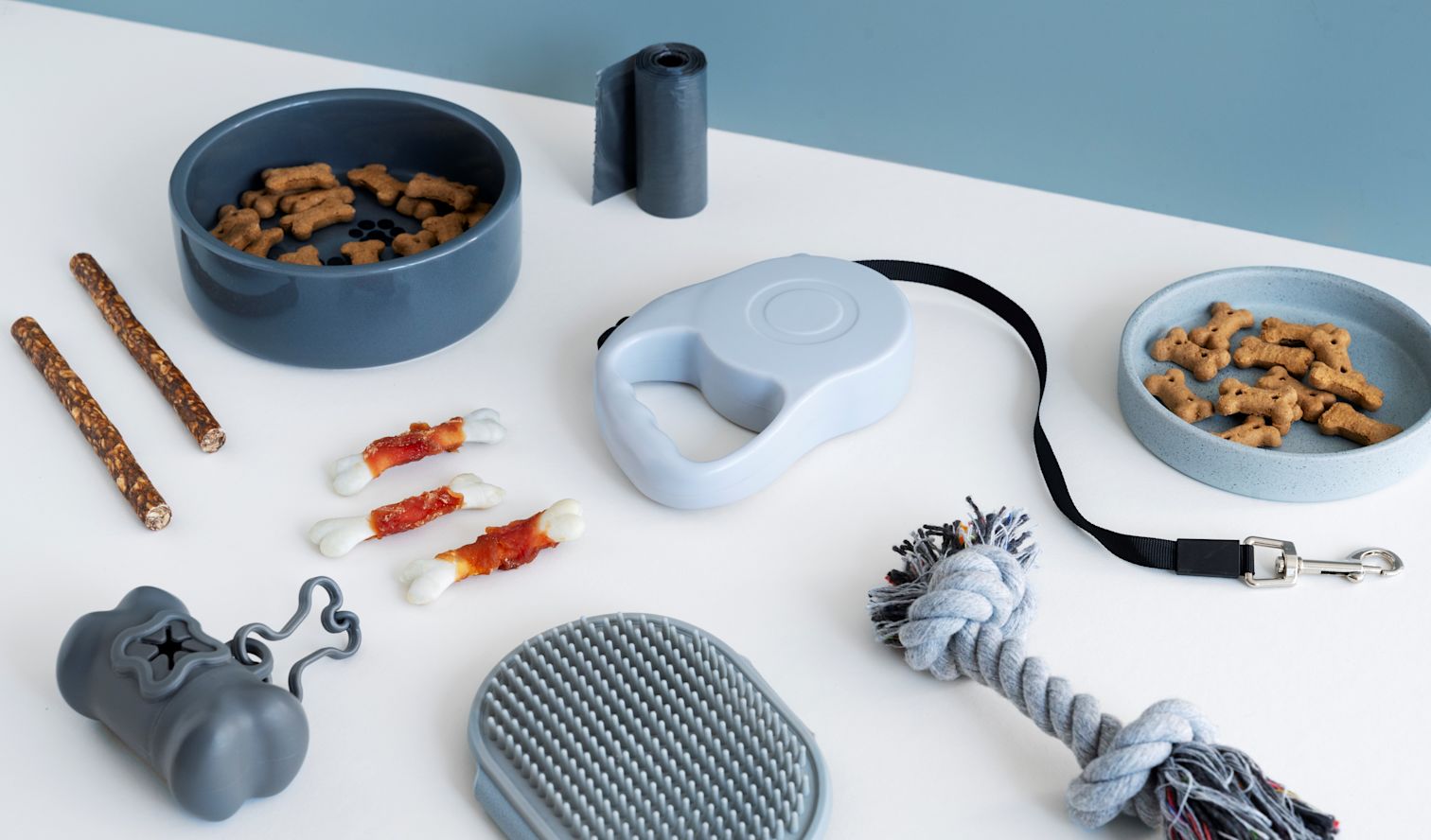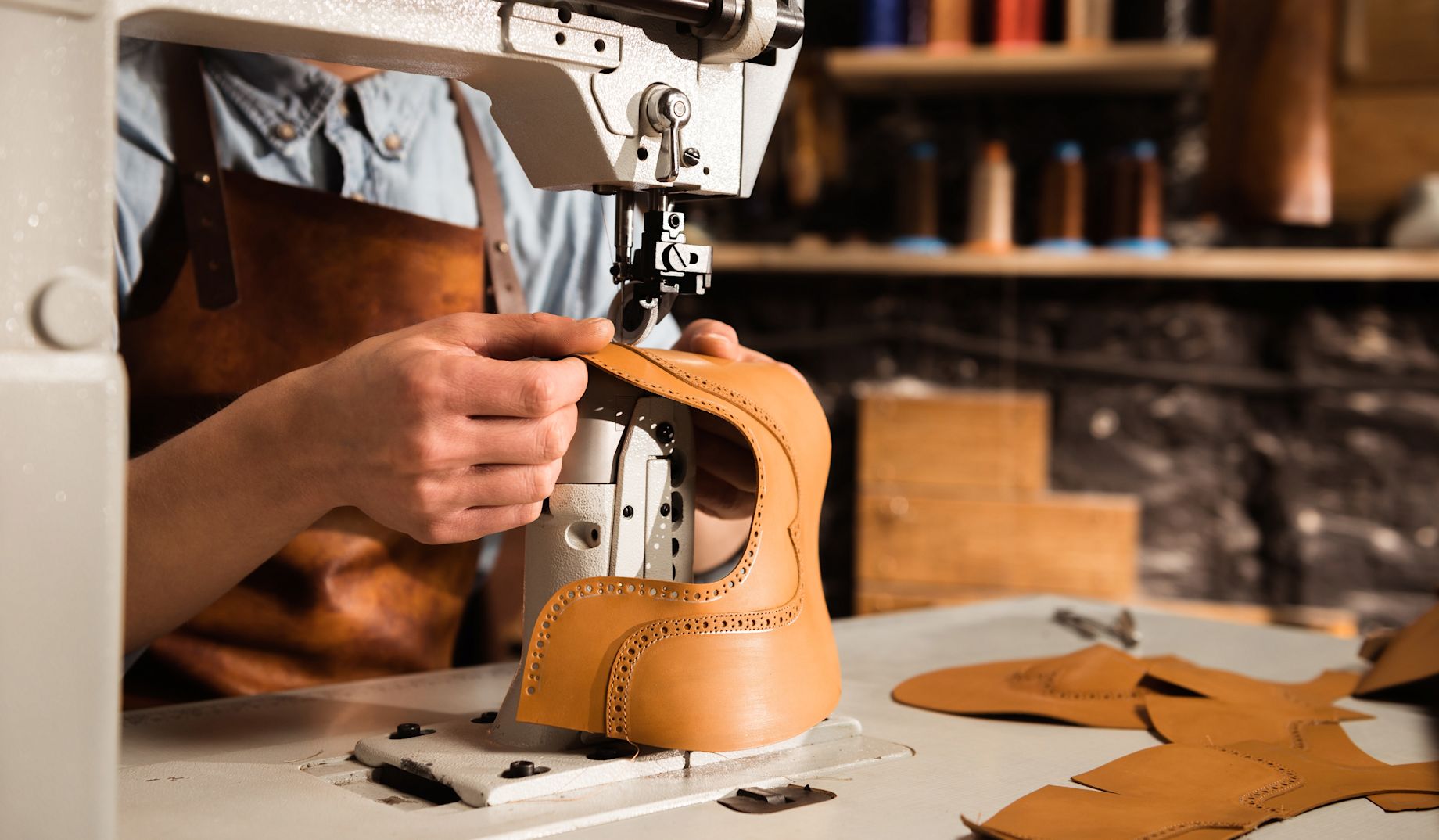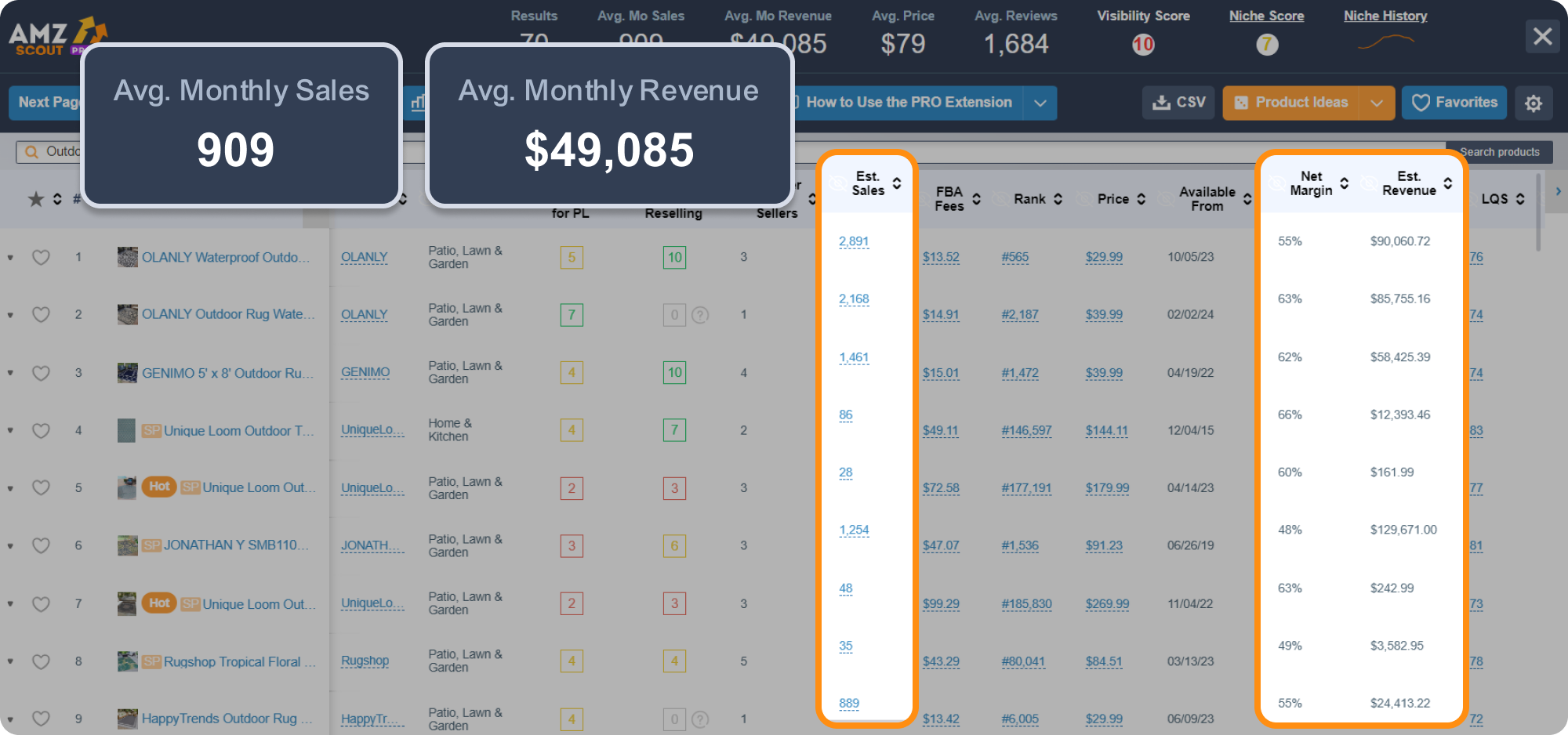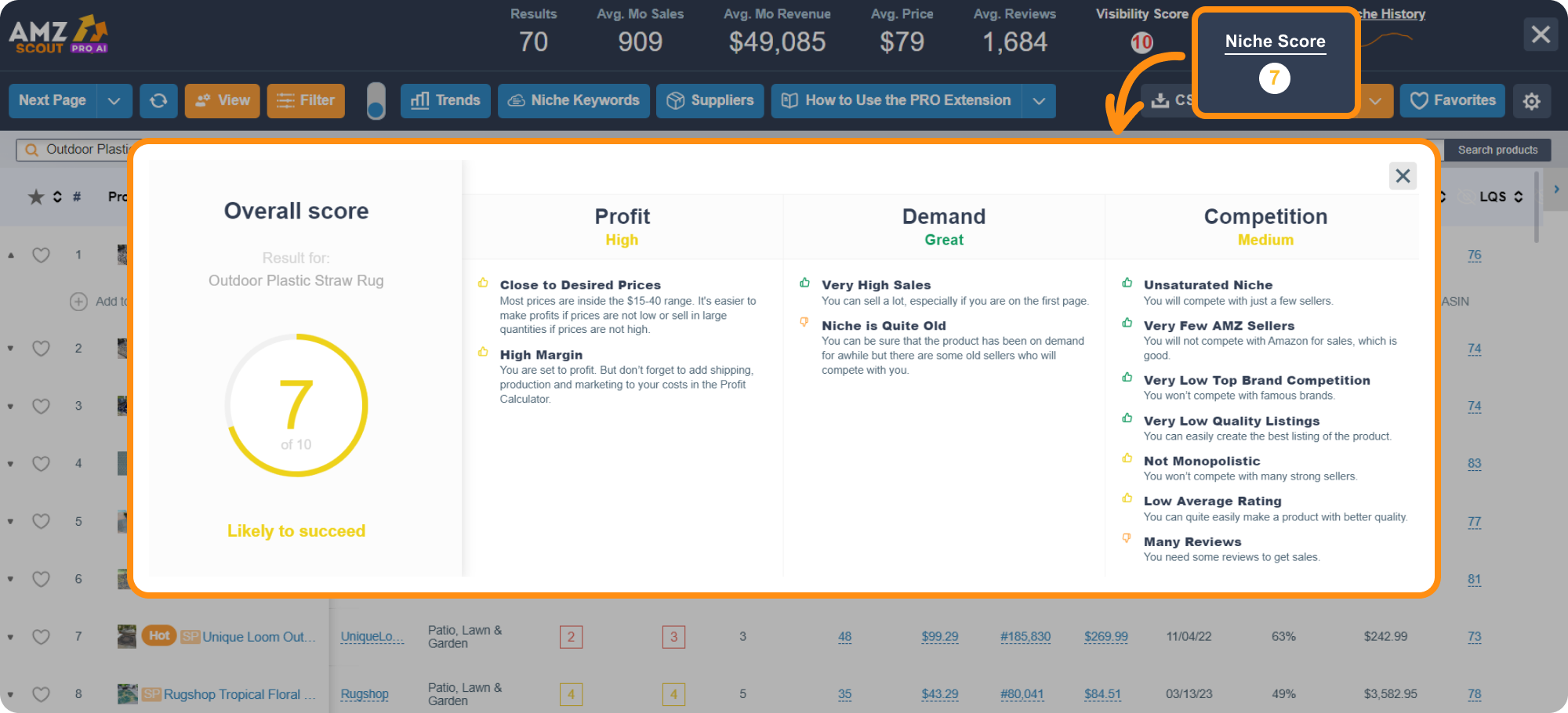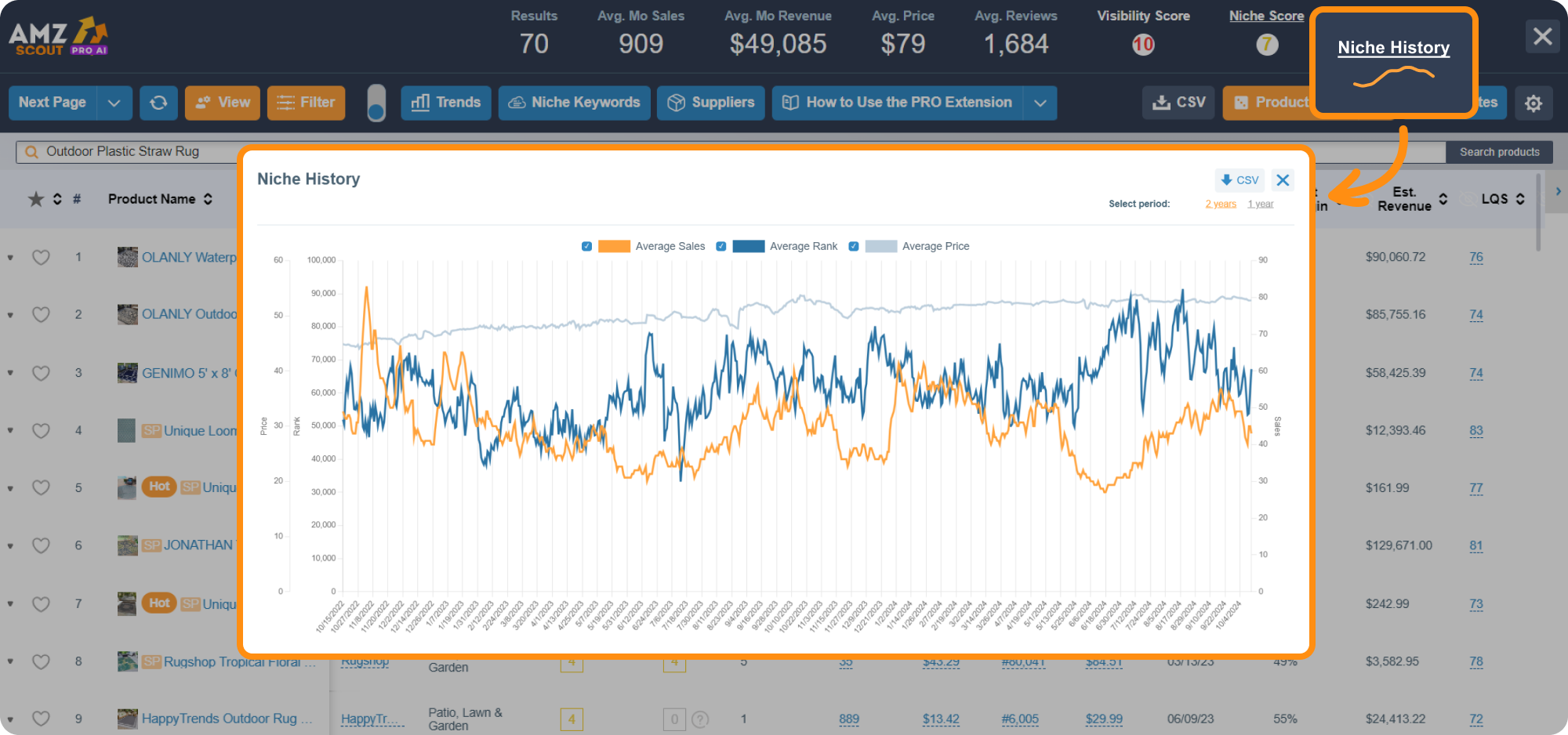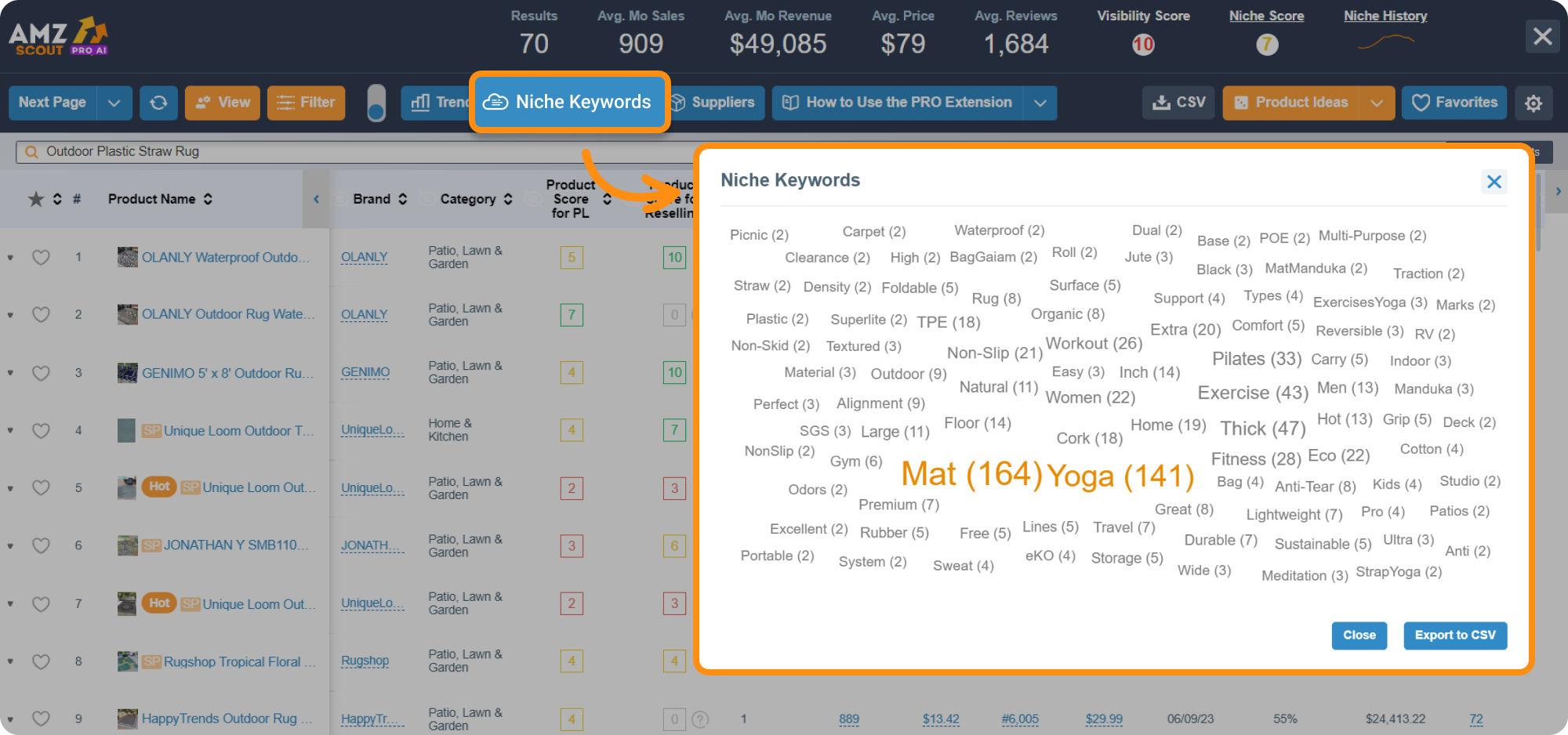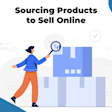
Manufacturing Business Ideas: Easy Products to Make and Sell Online in 2025
Starting a small manufacturing business can provide a unique opportunity to create and sell products that align with your passions. Normally, a manufacturing business requires quite a substantial investment, but there are available options to lessen the amount. With the rise of online platforms and a growing demand for handmade, eco-friendly, and personalized items, entrepreneurs can now manufacture and sell products from home with minimal resources.
From organic skincare products to custom clothing, there are numerous niches that allow you to start small, scale up, and ultimately build a profitable venture. In this article, we’ll explore ten easy-to-manufacture products that require little investment, along with a step-by-step guide on how to bring your product to market.
Small Manufacturing Business Ideas with Low Investment
Starting a manufacturing business from home can be a smart way to build a profitable venture without requiring a large investment. For beginners, this can also provide an eco-friendly approach by focusing on niche markets. Here’s a list of 10 easy products to manufacture (even from home) that are budget-friendly and have good profit potential.
1. Cosmetic Manufacturing
The beauty industry continues to grow, making it an attractive option for sellers. According to AMZScout PRO AI, on Amazon alone, cosmetic items generate over 35,000 sales/month and bring in around $500,000 in revenue.
There’s a wide range of products you can manufacture, from lipsticks and soaps to creams, eye patches, and more. You can stick with classic options or explore rising trends like eco-friendly cosmetics, anti-aging formulas, or cellular beauty. Whether you choose to create and test out formulas yourself or work with professional manufacturers, make sure all of your products are certified and compliant with safety regulations.
2. Candle-Making
Candles are one of the easiest products to manufacture at home. With a low initial investment in wax, wicks, and fragrances, you can create a variety of candles, from eco-friendly soy candles to aromatic, decorative candles. You can also experiment with different shapes, scents, and designs to target niche markets such as aromatherapy enthusiasts or customers seeking personalized gifts.
Aromatic candles alone generate around $40,000 in monthly revenue on Amazon, based on AMZScout insights.
3. Clothing Manufacturing
Clothing manufacturing is a steadily growing market. According to AMZScout PRO AI, clothing items on Amazon generate nearly 20,000 sales/month and bring in over $400,000 in revenue. You can start small by designing t-shirts (including print-on-demand items) or producing accessories (like bowties and socks). The key advantage lies in offering personalized, unique designs through techniques such as embroidery, screen printing, or custom tailoring. These options help your brand stand out and attract customers who are looking for something original.
4. 3D Printed Products
3D printing opens up numerous possibilities for small-scale manufacturing, making it one of the best niches for beginners. With an affordable 3D printer, you can create a variety of products like custom phone cases, figurines, or home decor. The versatility of 3D printing allows for easy scaling and customization, which appeals to a wide audience.
For example, 3D-printed figurines generate around $20,000 in monthly revenue on Amazon. The niche scores 8 out of 10 for high profitability and low market saturation.
5. Furniture Manufacturing
If you have a knack for design and enjoy working with your hands, furniture manufacturing can be a highly fulfilling and profitable venture. Many people search for unique wooden pieces, like rustic shelves, coffee tables, custom headboards, and plant stands to decorate their homes. There’s also strong seasonal demand for outdoor furniture, such as benches, loungers, or veranda sets. Handmade wooden items stand out for their craftsmanship and natural appeal, and customers are often willing to pay more for quality, durability, and originality.
The custom wooden crib niche alone generates nearly $45,000 in monthly revenue for Amazon sellers, according to AMZScout—and offers high profit margins.
6. Toy Manufacturing
Parents are always on the lookout for toys designed to entertain their children while supporting learning, and are safe to use. This means using high-quality materials like natural wood or food-grade silicone, along with thoughtful designs without sharp edges or small, hazardous parts. Many parents are willing to pay a premium for toys that meet these standards. There’s growing interest in open-ended play, sensory development tools, and eco-friendly options, all of which offer strong market potential.
AMZScout PRO AI data shows that toys generate more than 10,000 monthly sales on Amazon, bringing in around $300,000 in revenue.
7. Pet Products Manufacturing
Pet owners are always looking for high-quality products for their furry friends. You can start small by manufacturing organic pet food, toys, or even eco-friendly pet beds. This niche is rapidly growing and offers many opportunities for creative entrepreneurs. Pet food can be especially profitable when you focus on healthy, homemade alternatives that are not readily available in stores.
Customized pet collars alone see over 2,000 sales/month on Amazon and generate nearly $30,000 in monthly revenue, according to AMZScout.
8. Jewelry and Accessories Manufacturing
Jewelry and accessories are easy products to manufacture even with a small budget, although there’s a wide range of materials—from very affordable, bead and wire jewelry to pieces made from natural stones and metals. You can create a range of items from handmade earrings, necklaces, and bracelets to leather accessories. This type of manufacturing is perfect for beginners because it requires minimal space and equipment, all of which can be set up with a low initial investment. Additionally, the market for custom, handmade jewelry continues to thrive, offering a great potential for growth.
Handmade earrings, for instance, average 1,359 sales/month on Amazon and bring in about $15,000 in revenue, according to AMZScout.
9. Leather Manufacturing
Leather manufacturing remains in steady demand, both for fashion items like gloves and belts, and for personalized gifts such as engraved wallets, notebooks, and folders. These products are often associated with premium quality and long-lasting value, making them ideal for either gifting or everyday use. Whether you produce classic designs or create items with unique touches, leather items consistently attract customers and offer strong potential for sales growth.
The custom leather wallet niche scores a 7 out of 10 for high profitability and low competition, generating over $17,000 in monthly revenue on Amazon.
10. Food and Beverage Manufacturing
Starting a small food business, like creating baked goods, offers a quick path to profitability. You can specialize in niche products like gluten-free or vegan baked treats, which are increasingly popular. Small-scale food production can be managed from home with basic kitchen equipment, and as demand grows, you can scale up by renting a commercial kitchen. This is actually the cheapest product type to manufacture, and yet the one that requires the greatest responsibility.
According to AMZScout, vegan candies alone generate nearly 3,000 monthly sales on Amazon and approximately $45,000 in revenue—making this one of the lowest-cost yet most socially responsible niches.
How to Manufacture a Product and Sell It
Launching a manufacturing business requires careful planning and execution. Here’s a step-by-step guide to help you get started.
Step 1: Market Research
When launching a new product, conducting market research is essential to ensure that you're entering a profitable niche. No matter which sales platform you choose, Amazon is an ideal platform for performing this type of research, primarily because it’s the largest online marketplace in the world and offers an unparalleled wealth of data on consumer trends, pricing, and competition.
Additionally, there are special tools like the AMZScout PRO AI Extension that can help you analyze the niche. Here’s a small guide on how to analyze any niche on Amazon using this tool:
Install the AMZScout PRO AI Extension. This tool is available with a transparent free trial-no payment information is required. The extension’s icon will appear next to the address bar.
Search for a product on Amazon. Begin by entering a potential product idea or category into the Amazon search bar. For example, if you’re interested in selling “organic skincare”, search for that term to see the top-selling products.
Activate AMZScout PRO AI. Once the search results load, click on the AMZScout PRO AI icon in your browser. The tool will automatically pull up key data for the products listed on the Amazon search page.
Analyze key metrics. Here’s how to interpret the key data provided by AMZScout PRO AI:
Sales Volume: Check the monthly sales figures for products in the niche. Higher sales volumes indicate strong demand. Look for consistent sales across several listings to ensure the niche isn’t dominated by one or two products - you can view these in the Product History charts.
Revenue: This shows the estimated monthly revenue for each product, and helps you determine how profitable a niche is and whether it aligns with your financial goals.
Niche Score: This is a comprehensive evaluation of a market's potential, combining key factors like demand, profit potential, and competition. AMZScout PRO AI calculates this score by analyzing how strong the demand is, how competitive the market appears, and whether the profit margins are favorable.
Niche History: Dive into past market trends and understand how demand for a product has changed over time. By reviewing Niche History, you can identify patterns such as seasonal demand fluctuations or long-term growth, which can inform your decision-making. Check the sales performance over time to ensure that the niche is in demand.
Product Reviews: The number of reviews can indicate how established a product is. Look for products with high sales but relatively few reviews—this suggests untapped opportunities where you can compete.
Refine your product idea. If your initial idea seems too competitive or unprofitable, use AMZScout PRO AI’s Niche Keywords tool to find related keywords for your niche. They can help you understand what people are looking for. For example, if you want to produce handicraft candles, you will see that people mostly search for terms like "non-toxic”, "soy wax”, and "scented”. This means you should produce candles using non-toxic materials and offer popular scents.
Tip: You can stand out from competitors by enhancing your product. To generate improvement ideas, click “AI Product Analysis” under any product and select “AI Product Improvement”. You'll receive tailored recommendations for upgrades along with explanations of their potential benefits.
By analyzing what's already selling well on Amazon, you can gain insights into demand, customer preferences, and potential gaps in the market. Using special tools like AMZScout PRO allows you to make data-driven decisions by analyzing sales, competition, and trends within a niche. By following this process, you can evaluate whether your product idea has the potential to succeed on Amazon before you start manufacturing.
Step 2: Brainstorm Your Product Idea
Once you have identified a market need, brainstorm ideas for products that you can manufacture easily and cost-effectively. Focus on unique, niche products that stand out from the competition. Consider how you can make your product eco-friendly or personalized, as these trends are popular among consumers.
Step 3: Manufacture the Product
The actual manufacturing process depends on the type of product you choose. For example, organic skincare products can be made using simple kitchen tools, while 3D-printed items require a 3D printer, printing plastic, and special tools. Start small, perfect your manufacturing process, and scale gradually as demand increases. It’s important to ensure that your production process is cost-effective and efficient.
Step 4: Create Your Online Store or Register for an Amazon Seller Account
Once your product is ready, you need a platform on which to sell it. You can either create an online store using platforms like Shopify or WordPress or register as an Amazon seller. Selling on Amazon offers the advantage of reaching a larger audience due to its trust credit, but you will face more competition.
Step 5: Set Up Fulfillment Options
If you’re selling through your own store, you’ll handle the entire fulfillment process yourself, from packing to shipping. On the other hand, if you choose to sell on Amazon, you can use their Fulfillment by Amazon (FBA) service. This allows you to send your products to Amazon’s warehouse, and they will handle all of your storage, packing, and shipping.
Step 6: Create Engaging Product Pages
For both your online store and Amazon listings, your product pages are crucial for attracting customers. Your listing needs to be focused on:
High-quality images
Detailed descriptions
Effective bullet points filled with SEO-keywords
An attractive product name
You can try looking for keywords manually, or you can use special keyword tools like AMZScout’s Keyword Search to help you find them and further optimize your listings for better visibility on Amazon or search engines. If you want to learn more about what Amazon SEO is, read this article.
Step 7: Marketing and Promotion
Finally, you’ll need to promote your products in order to attract customers. Utilize social media platforms like Instagram and Facebook, run paid ads, and collaborate with influencers in your niche. Consistent marketing efforts will drive traffic to your store and boost sales. And remember that marketing costs for your own store will be significantly higher than those for listing your product on Amazon.
Conducting comprehensive market research is the foundation of a successful product launch. Thorough market research, combined with tools like AMZScout PRO AI, provide vital data on sales trends, competition, and customer demand, enabling you to make data-driven decisions. By thoroughly analyzing niche markets and refining your product idea, you can increase your chances of building a profitable manufacturing business.
Conclusion
Starting a small manufacturing business is a great way to turn a passion into profit, even with a limited budget. By choosing niche products with low manufacturing costs, you can gradually scale your business and increase profitability over time. Whether you decide to sell through your own online store or on platforms like Amazon, the key is to conduct thorough market research, develop a unique product, and actively promote it to your target audience.
FAQs
What manufacturing business is most profitable?
Cosmetic manufacturing ranks among the most profitable manufacturing ideas. According to AMZScout PRO AI, cosmetic products on Amazon generate over 35,000 sales/month and approximately $500,000 in monthly revenue. The niche also allows for premium pricing and strong branding, especially in trending areas.
What is the most profitable item to manufacture?
One of the highest-earning items to manufacture is custom clothing. AMZScout data shows that clothing products bring in nearly $400,000/month on Amazon with close to 20,000 monthly sales. Other high-margin categories include cosmetics, leather goods, and personalized products—all of which help sellers stand out and command premium prices.
What is the simplest thing to manufacture?
A glass pearl bracelet is one of the easiest products to make at home. Materials are affordable—about $24 covers enough pearls and elastic to produce hundreds of bracelets, and the process is simple. According to AMZScout, this item sells nearly 1,000 units/month on Amazon and brings in over $13,000 in monthly revenue. However, since production is manual, scaling may require additional time.
How do I start my own manufacturing business?
Start with a simple, in-demand product that matches your skills and setup. Analyze market demand and identify ways your version can stand out—whether through improvements, unique features, or better presentation. Whether you make the product yourself or work with a manufacturer, begin with small batches to test quality and gather feedback. Once you're confident, start selling on platforms like Amazon or Etsy.


